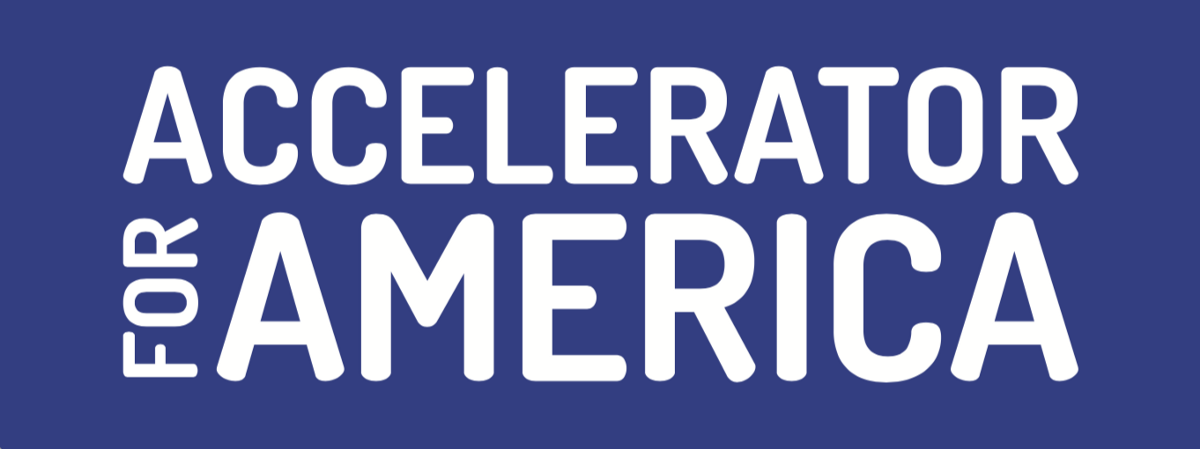Bruce Katz & Jeremy Nowak: Can Opportunity Zones Catalyze Institutional Reform?
By Bruce Katz & Jeremy Nowak, New Localism Advisors LLC.
Across the country, communities are gearing up to attract market investment under the new Investment in Opportunity Act. The law allows people or corporations to defer taxes on capital gains if they keep those gains in qualified Opportunity Funds that target their investments to state-designated Opportunity Zones. The deferred basis is reduced if the investments are for five or seven years; the longer the investment, the better the incentive. If investors stay in a Fund for 10 years, any additional gains from Fund investments are fully exempt from taxes on the capital appreciation.
The first phase has passed; Governors have now designated thousands of Opportunity Zones that will be eligible for Opportunity Fund investments. In this second phase, communities are sharpening their market narrative and pitch. As we have written before, we are working with Accelerator for America to design Investment Prospectuses for a handful of communities. These Prospectuses will build from the distinctive assets of selected areas (e.g., strategic location, land availability, emerging investments, anchor institutions) and tease out specific investable projects and propositions. They also focus on both labor demand and labor supply since upgrading the skills of workers is as essential to economic success as growing and attracting businesses, spurring entrepreneurship, and developing quality real estate. We hope these Investment Prospectuses can be a model for communities across the country.
There is a third component that we are just beginning to explore: the debilitating inherited problems cities face. As we observed in our recent book, The New Localism: How Cities Can Thrive in the Age of Populism, cities mostly inherit institutions that are antiquated and ill-suited for grappling with complex problems—including the financing challenges that have emerged with the dysfunction of the federal government and the drift of many state governments.
The institutional deficit takes multiple forms. In many communities, local governments do not have the capacity or professional expertise to design, finance, and deliver sophisticated market and social initiatives. The public sector is also highly fragmented, divided across multiple layers of government, specialized agencies, and independent public authorities. Moreover, inter-governmental funding reinforces that fragmentation.
On the private and civic side, most communities collaborate through loosely-organized informal networks that do not have sufficient capital or capacity. In addition, many nonprofit organizations are either too small to affect systemic change or too narrowly focused to drive sustainable impact.
One intriguing prospect is that the Opportunity Zones will help cities modernize their institutions to maximize economic, social and environmental impact.
Here are a few ideas that we are pursuing:
Innovation Districts: Many Opportunity Zones are located around universities, research institutions and hospitals. This creates the potential for commercializing research and spurring entrepreneurship across disparate disciplines (e.g., engineering and business/law/accounting). Increasingly, innovation districts like the Cortex Innovation Community in St. Louis are harnessing private and civic capital for investments in both companies and the greater innovation ecosystem while using special delegated authority to carry out real estate and infrastructure activities. A major challenge for those initiatives is to identify opportunities to match their innovation moves with inclusion strategies.
Public Asset Corporations: In many Opportunity Zones, the public sector is a large owner of land and buildings. This creates the potential for creating new public asset corporations (like HafenCity Hamburg GmbH or the Copenhagen City & Port Development Corporation) that can design and deliver disposition strategies that spur regeneration and create a revenue stream that can be used for reinvestment in public goods. This requires a deep dive into existing public management practices.
Cradle-to-Career: As described above, schools and skills are an essential component of inclusive growth strategies. The 10-year life of the tax incentive creates an intriguing proposition: an 8-year-old living in an Opportunity Zone today will be 18 years old and ready for participation in the labor market when the Opportunity tax incentives expire. Ensuring that that child is ready to succeed will require targeted investments and networked entities that integrate multiple parts of the cradle-to-career system.
Housing and Urban Regeneration: The redevelopment of distressed urban communities will require mixed use development, activation of public spaces, affordable housing, and a commitment not only to quality architecture, but also historic preservation and streetscape redesign. This requires sophisticated organizations, like Cincinnati’s Center City Development Corporation, built with and backed by private and civic capital.
The need for new types of intermediation can be accomplished in multiple ways. In some cases, a new organization will be needed; in other cases, an existing organization can reconfigure its structure and functions to take on new activities. This is what the University City District has done in West Philadelphia, transforming from a traditional business improvement district organization (ensuring that the university district was “clean and safe”) to one that designs and delivers best-in-class workforce development and skills training to local residents.
The Investing in Opportunity Act, by itself, will not deliver the kind of innovative, inclusive and sustainable growth that cities want and need. In fact, the market orientation of the tax incentive does not require any change in how business is done. But that is the point. If we want to maximize the market activity in terms of long-term strategy and public outcomes, then new institutional moves may be required. The new incentive could be a catalyst for creating a suite of modern urban institutions that can harness private and civic capital and unlock public wealth for a new kind of urban regeneration. That should be the individual and collective aspiration of cities as we move forward.

